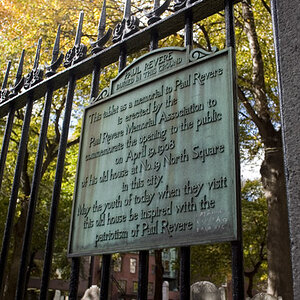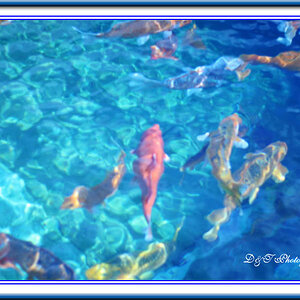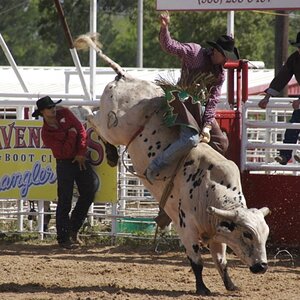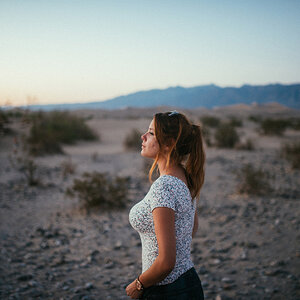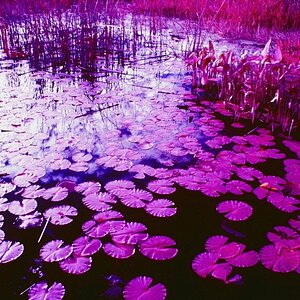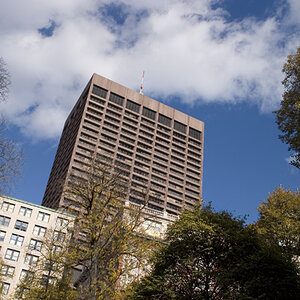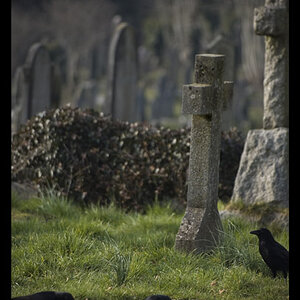Sightpicture
TPF Noob!
- Joined
- Nov 8, 2013
- Messages
- 6
- Reaction score
- 1
- Location
- New Jersey
- Can others edit my Photos
- Photos OK to edit
I joined the forum recently and have seen truly stunning bird and wildlife images by the members. The composition is amazing and the photos are incredibly sharp. My question is, at what point is the subject too far away for a good sharp image? Obviously closer is better but in going out to the wildlife refuges Ive seen photographers with 500mm lens taking images of birds and wildlife that are quite a distance away. Is there a general rule of thumb that is used?
Im not sure if Im posting this in the right forum but I'm mainly interested in birds and wildlife.
Im not sure if Im posting this in the right forum but I'm mainly interested in birds and wildlife.


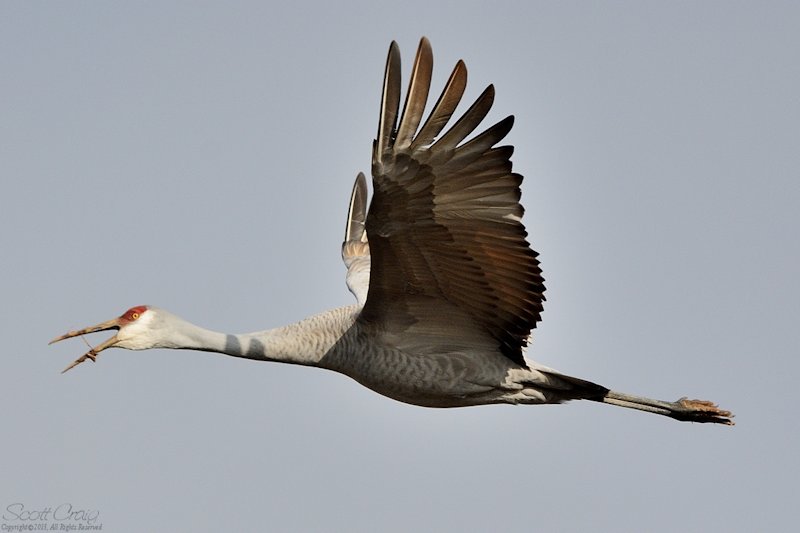
![[No title]](/data/xfmg/thumbnail/41/41781-7dcfd2ee71d4a453b4ad9fb5c7e723f1.jpg?1619739890)
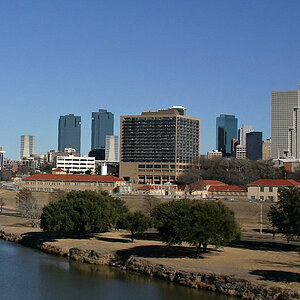
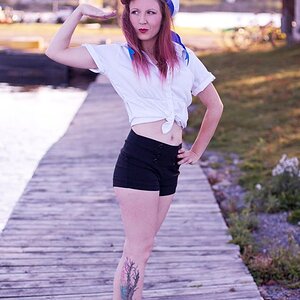

![[No title]](/data/xfmg/thumbnail/38/38720-f0f83c1b09a42065eefec8923841d54d.jpg?1619738701)
